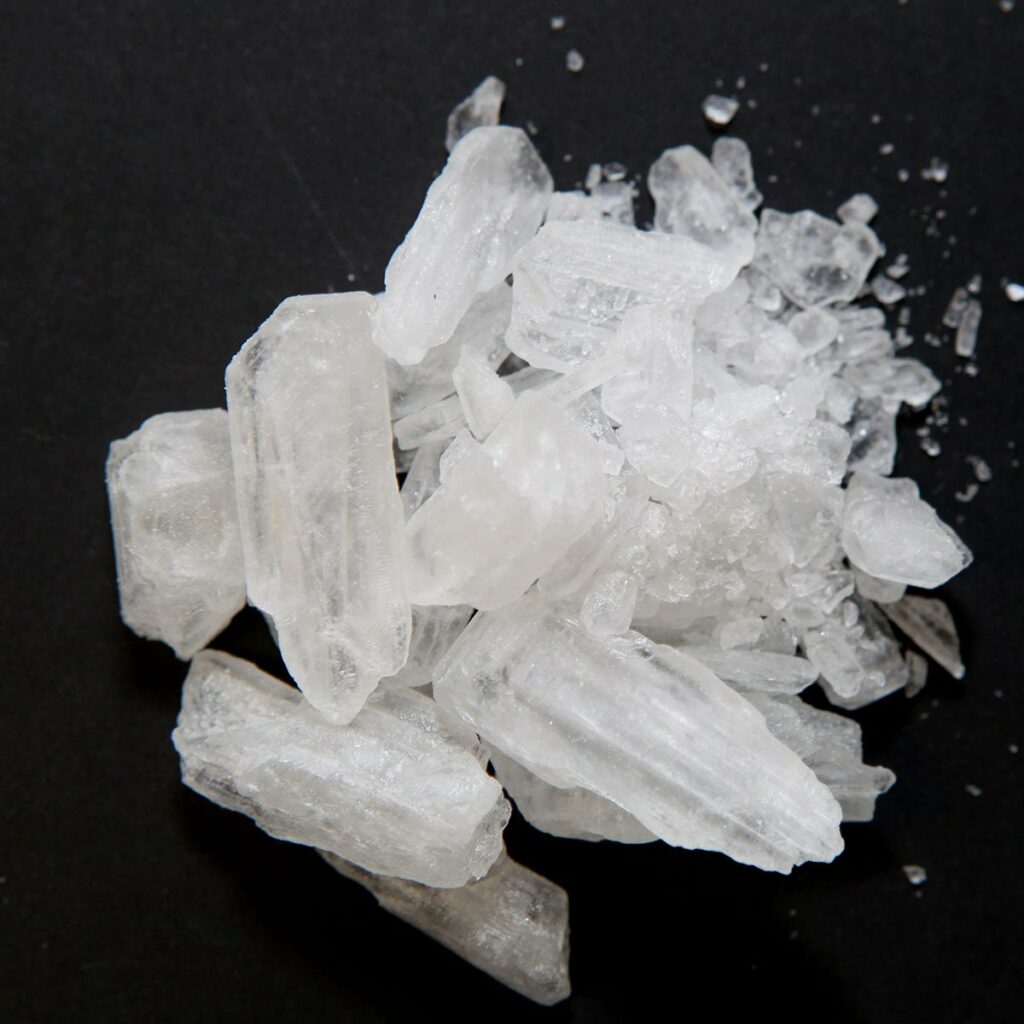- (592)226-0431


Photo of Amphetamine
WHAT ARE AMPHETAMINES?
Amphetamines are stimulants that speed up the body’s processes. They are legally prescribed to treat attention-deficit hyperactivity disorder (ADHD). However, there has been a rise in the misuse of illicitly manufactured amphetamines over the years. This has led to an increase in amphetamine addiction and an expansion of clandestine laboratories producing the substance.
WHAT IS THEIR ORIGIN?
Amphetamines were first marketed in the 1930s as Benzedrine in an over-the-counter inhaler to treat nasal congestion. By 1937 amphetamines were available by prescription in tablet form and were used in the treatment of the sleeping disorder narcolepsy and ADHD. Over the years, the use and abuse of clandestinely produced amphetamines have spread. Today, clandestine laboratory production of amphetamines has mushroomed, and the abuse of the drug has increased dramatically.
What are common street names?
Common street names include:
What do they look like?
Amphetamines can look like pills or powder. Common prescription amphetamines include amphetamine and dextroamphetamine (Adderall, dextroamphetamine (Dexedrine) lisdexamphetamine (Vyvanse) methamphetamine (Desoxyn).
How are they abused?
Amphetamines are generally taken orally or injected. However, the addition of “ice,” the slang name of crystallized methamphetamine hydrochloride, has promoted smoking as another mode of administration. Just as “crack” is smokable cocaine, “ice” is smokable methamphetamine.
What is their effect on the mind?
The effects of amphetamines are similar to cocaine, but their onset is slower and their duration is longer. In contrast to cocaine, which is quickly removed from the brain and is almost completely metabolized, methamphetamine remains in the central nervous system longer, and a larger percentage of the drug remains unchanged in the body, producing prolonged stimulant effects. Chronic abuse produces a psychosis that resembles schizophrenia and is characterized by paranoia, picking at the skin, preoccupation with one’s own thoughts, and auditory and visual hallucinations. Violent and erratic behavior is frequently seen among chronic users of amphetamines.
What is their effect on the body?
Physical effects of amphetamine use include:
• Increased blood pressure and pulse rates, insomnia, loss of appetite, and physical exhaustion
What are their overdose effects?
Overdose effects include:
WHAT IS THEIR LEGAL STATUS IN GUYANA?
Chapter 10:10 of the Narcotics and Psychotropic Substances (Control) Act classifies amphetamine as a Schedule II drug. Psychotropic substances are typically listed in Schedule II. “Psychotropic substance” refers to any drug listed in the Second Schedule or any product containing a drug listed in that Schedule.